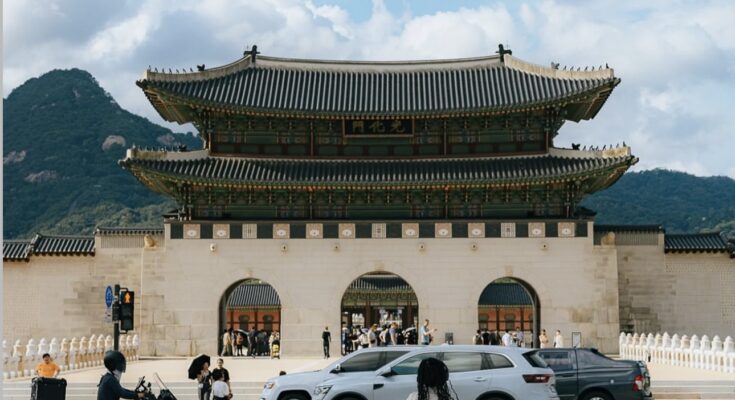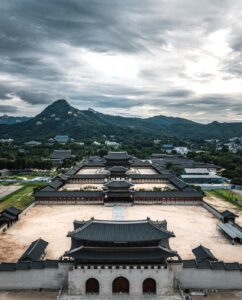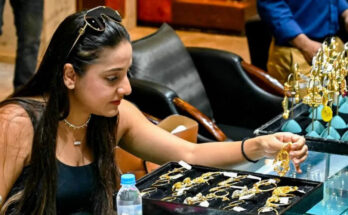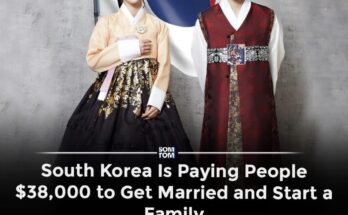The traditional culture of Korea is the shared cultural and historical heritage of Korea before the division of Korea in 1945.
Since the mid-20th century, Korea has been split between the North Korean and South Korean states, resulting in a number of cultural differences that can be observed even today.[1][2][3] Before the Joseon dynasty, the practice of Korean shamanism was deeply rooted in Korean culture.[4][5]

The traditional dress known as hanbok (한복; 韓服; alternatively joseonot; 조선옷 in North Korea) has been worn since ancient times. The hanbok consists of a shirt (jeogori) and a skirt (chima).
According to social status, Koreans used to dress differently, making clothing an important mark of social rank. Costumes were worn by the ruling class and the royal family. These upper classes also used jewelry to distance themselves from the ordinary people. A traditional item of jewellery for women was a pendant in the shape of certain elements[which?] of nature which was made of gemstones, to which a tassel of silk was connected.
For thousands of years, Korean people nearly exclusively wore plain white and undecorated hanbok. Color and ornamentation was only worn if required for a uniform, to display social status, or during special occasions.[6][7] This led to the development of the nickname “white-clothed people” to describe Koreans. This practice possibly began around the Three Kingdoms of Korea period and lasted until just after the Korean War, after which it ended due to poverty.[7] The basic everyday dress was shared by everyone, but distinctions were drawn in official and ceremonial clothes. During the winter people wore cotton-wadded dresses. Fur was also common.
Hanbok are classified according to their purposes: everyday dress, ceremonial dress and special dress. Ceremonial dresses are worn on formal occasions, including a child’s first birthday (doljanchi), a wedding or a funeral.[citation needed] Special dresses are made for purposes such as shamans, officials.
Today the hanbok is still worn during formal occasions. The everyday use of the dress, however, has been lost. However, the elderly still dress in hanbok as well as active estates of the remnant of aristocratic families from the Joseon Dynasty, though this may be changing with something of a modern interest in the traditional dress among some of the young.[8]
Traditionally, the hanbok was a wedding dress that dates back to the 14th century. It was a floor-length gown with an empire waist, fitted jacket, and sewn with vibrant or pastel colors. The use of the Hanbok in daily wear has dropped significantly over the last handful of decades.
In recent years, with the rise of attention to K-Pop, (Korean Pop Music), interest in Korean culture has spiked to an all-time high. Many groups, such as BTS, BlackPink, KARD, and many more, have been praised for showing their culture and heritage by wearing Hanbok in music videos, award shows, and other public appearances.[9]
-
-
Hwarot, bridal robe
-






